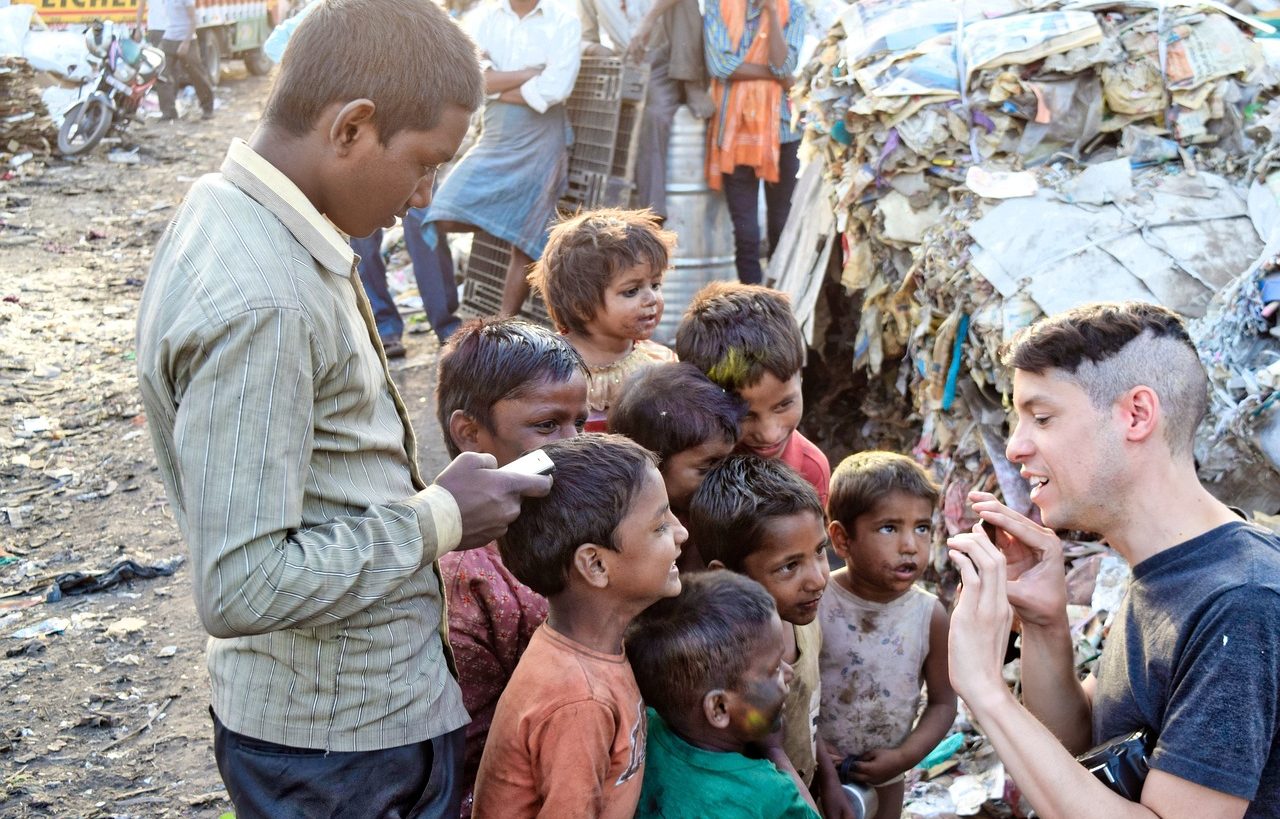
Community resilience is key to psychosocial well-being.
Community resilience is the ability of a community to recover in an adverse scenario . It is the set of qualities that allow a social group to face challenges and even emerge stronger from a problematic or conflictive situation.
To understand the concept, it is important to analyze the two terms that give it shape. Resilience comes from the English resilience , in turn derived from the Latin resiliens which comes from the verb resilīre (translatable as "retreat" or "bounce" ). This is the name given to the ability of a living being to adapt in the face of adversity or disturbance. Community , meanwhile, is that linked to a community (the group of inhabitants of a town, a country or a region).
The idea of community resilience, in this way, refers to the competence of a community to resist a threat, achieve adaptation to changes and recover from harmful or negative effects in an effective and timely manner . Thanks to this provision, it is possible to preserve the social structure and restore its functions.
Characteristics of community resilience
What community resilience is can be understood by examining the meaning of resilience in the engineering framework. A material is said to be resilient when it can return to its original state or recover after an impact or a load that causes deformation.
Community resilience, in this framework, is the strength that allows a community to adapt to changes without losing its functioning or the ties between its members . Resilience can be associated with minimizing damage and building strength in an unfavorable context.
For community resilience to exist, there must be citizen participation and social support networks . This enables post-disaster recovery and contributes to sustainable development .
This resilience appears after traumatic experiences such as epidemics, natural disasters or war conflicts. In recent years, community resilience has also been linked to adaptation to climate change .

Poverty reduction contributes to community resilience.
History of the concept
As we mentioned above, the notion of resilience arose associated with the ability of a material to recover after deformation. In the 1980s , the term came to the social sciences through psychology .
In this context, resilience serves to explain how an individual who lives in poverty and in the midst of social conflicts can develop healthy psychologically. Despite the unfavorable environment, the person can overcome and progress thanks to the capacity known as resilience.
In other words, resilience indicates that a conflictive existence does not necessarily lead to psychological problems. There are various mechanisms that make adaptation to overcome possible.
Starting from these ideas, in recent years the premise of community resilience emerged. In this case, it is understood that a social group can face collective conflicts together, beyond individual responses. Social ties , institutions and the existence of shared values affect how problems are faced and how recovery occurs.

International cooperation can help build community resilience.
Components of community resilience
Experts indicate that community resilience, like individual resilience, consists of three dimensions or levels. On the one hand, resilience is resistance : it serves to preserve strength or integrity . On the other hand, resilience is linked to recovery (recovering the previous condition or state). Finally, resilience is transformation since it implies reconverting after the catastrophe.
On the other hand, specialists highlight that community resilience encompasses both tangible and intangible resources . The first group includes material resources and human resources, while the second set includes symbolic factors that make it possible to overcome adversity and adapt to changes.
It must be considered that resilience has always existed in communities. In recent years, however, this capacity began to be analyzed with the aim of promoting it. Today it is understood that community resilience helps reduce costs, minimizes inequalities and contributes to saving lives .
The role of the government
The government plays a central role in community resilience. There is no doubt that the authorities at the head of the State must assume disaster risk management , carrying out sustainable urban planning, devising early warning systems and investing in appropriate technologies.
Government leaders also have the main responsibility for the conservation of ecosystems and the care of biodiversity . Contingency plans must be designed and public spaces must have resilient infrastructure.
To promote local empowerment, it is essential that authorities promote community training . Education for sustainable development and education in emergencies are two tools that the State must encourage.
It cannot be omitted to mention that a government valued by the community, which acts with transparency and manages honestly, can assume community leadership effectively to achieve conflict resolution and overcome obstacles.
Examples of community resilience
A terrorist attack and a flood are events that demand community resilience.
Suppose a city suffers an attack. The authorities must act immediately to care for the victims, reinforce security and find the culprits . Solidarity , likewise, has to emerge among neighbors to provide assistance . Simultaneously, efforts must be redoubled to build a culture of peace and defend democracy. If these issues are met, the locality in question will demonstrate its community resilience.
Take the case of a town that is flooded by a river overflowing . The precariousness of the buildings causes many homes to collapse. Due to the lack of response from the State, the evacuees have nowhere to go. In addition , looting and incidents among residents are recorded. In this case, community resilience is poor or absent.
